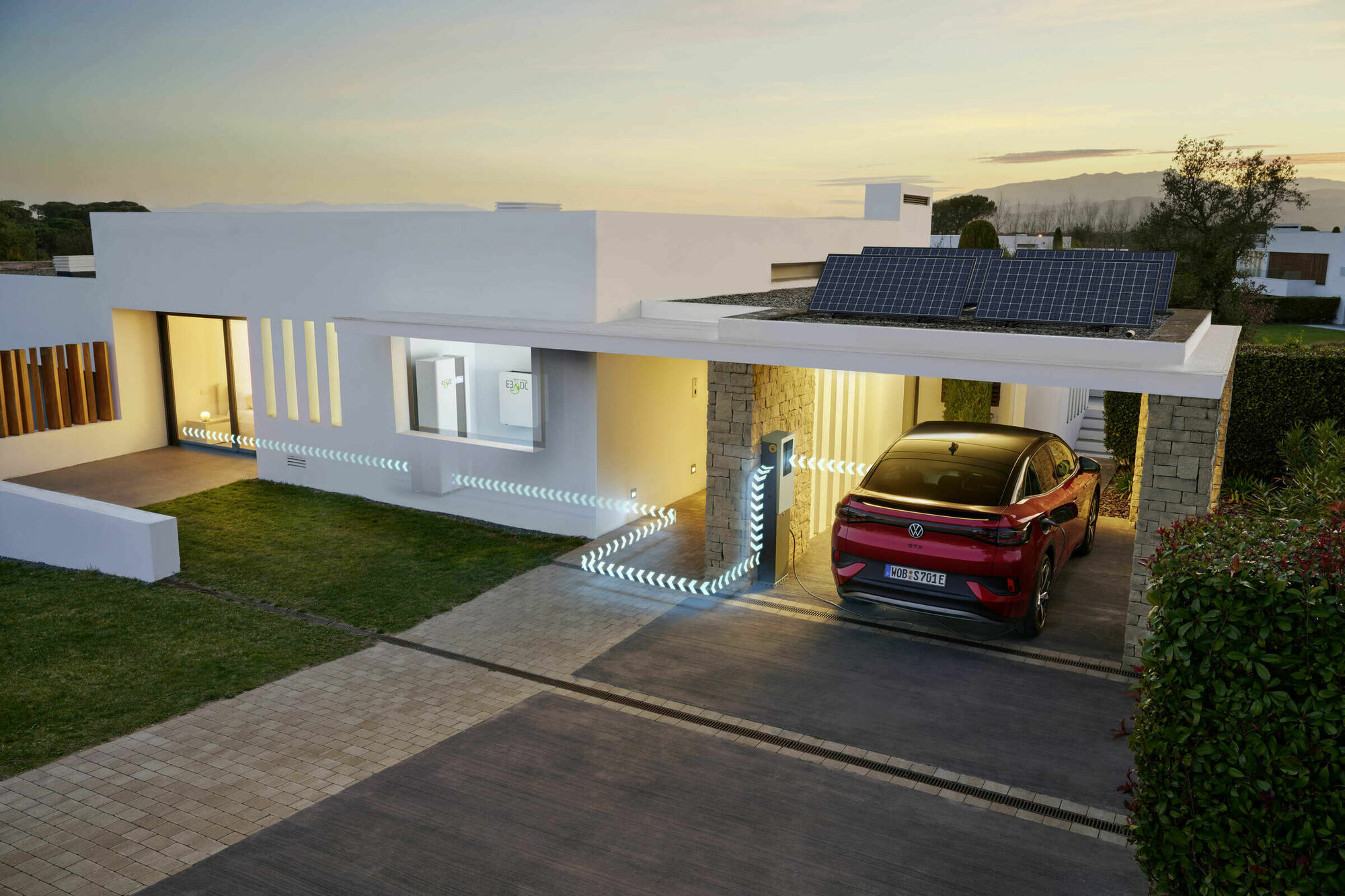Vehicle-to-Home (V2H) technology transforms how we think about energy use in households. By enabling electric vehicles to not only charge from the grid but also supply power back into the home, V2H offers a new way for individuals to control their energy consumption. This opens up new possibilities for homeowners, offering greater flexibility, sustainability, and resilience. Perfect for homes equipped with both EVs and solar panels, V2H is 2in1 solutiont: reducing energy costs while enhancing energy independence. With the ability to store excess solar energy in an EV during the day, homeowners can rely on that stored energy later, reducing the need of grid power during high-demand hours. Plus, V2H offers a reliable backup power source during power outages, ensuring essential appliances stay running and minimizing disruptions. Key Benefits for Homeowners By integrating V2H technology, homeowners gain unprecedented control over their energy use, with several compelling benefits: Lower Energy Bills One of the most attractive and also immediate advantages of V2H is the cost savings. By using energy stored in the EV during peak hours when electricity rates are highest, homeowners can significantly cut down on their electricity bills. In addition to making the most of their own energy, their car can even generate income through grid stabilization reward, or use excess energy to reduce their costs all the way down to zero during lower demand period with excess energy. Maximizing Solar Energy For homes with solar panels, V2H optimizes the use of clean, renewable energy. During the day, excess solar energy can be stored in the EV’s battery, ready for use later. This not only maximizes the efficiency of solar energy but also reduces the need for non-renewable power sources. Reliable Backup Power In case of an unexpected power outage, V2H turns the EV into a backup power source for the home. Essential devices and appliances can continue to run during any grid failures. Increased EV Value V2H technology also boosts the value of an EV by transforming it into more than just a type of transport. It becomes a storage solution, backup power unit, even income generating solution, increasing its overall worth and providing a quicker return on investment. Larger battery capacity Unlike traditional BESS (Battery Energy Storage Systems), V2H offers the advantage of much higher storage capacity, as electric vehicles can usually store more energy. For instance, In Hungary, an average BESS has around 10 kWh of capacity, while an EV battery can reach up to 80 kWh, and that number keeps growing every year. A Smarter, More Sustainable Future V2H is more than just smart technology; it’s a game-changer for home energy and independence. By integrating EVs into the system, homeowners become active participants in the energy transition, able to produce, store, and manage energy in a way that suits their lifestyle, rather than simply consuming it. V2H not only helps reduce carbon footprints and lower energy costs, but also builds resilience against energy price fluctuations and outages. Because V2H technology offers several key benefits in theory, we’ve decided to take it a step further within V4Grid project. The most important task right now is to bring together all the key market players, understand customer needs, find suitable hardware with functional software, and seamlessly integrate it with the vehicle. It’s not an easy task, but V2X technology is possible, and now we just need to bring all the pieces together to make it applicable for households in Central Europe.
Manage Cookie Consent
To provide the best experiences, we use technologies like cookies to store and/or access device information. Consenting to these technologies will allow us to process data such as browsing behavior or unique IDs on this site. Not consenting or withdrawing consent, may adversely affect certain features and functions.
Functional Always active
The technical storage or access is strictly necessary for the legitimate purpose of enabling the use of a specific service explicitly requested by the subscriber or user, or for the sole purpose of carrying out the transmission of a communication over an electronic communications network.
Preferences
The technical storage or access is necessary for the legitimate purpose of storing preferences that are not requested by the subscriber or user.
Statistics
The technical storage or access that is used exclusively for statistical purposes.
The technical storage or access that is used exclusively for anonymous statistical purposes. Without a subpoena, voluntary compliance on the part of your Internet Service Provider, or additional records from a third party, information stored or retrieved for this purpose alone cannot usually be used to identify you.
Marketing
The technical storage or access is required to create user profiles to send advertising, or to track the user on a website or across several websites for similar marketing purposes.
